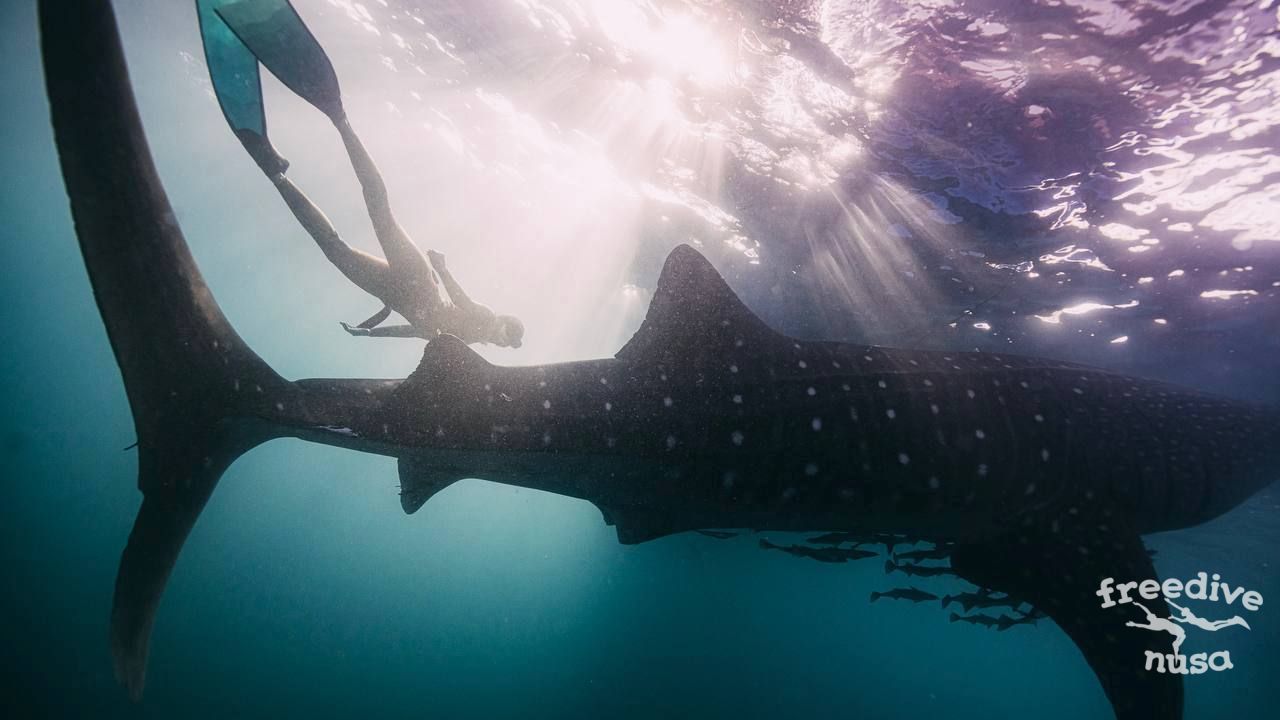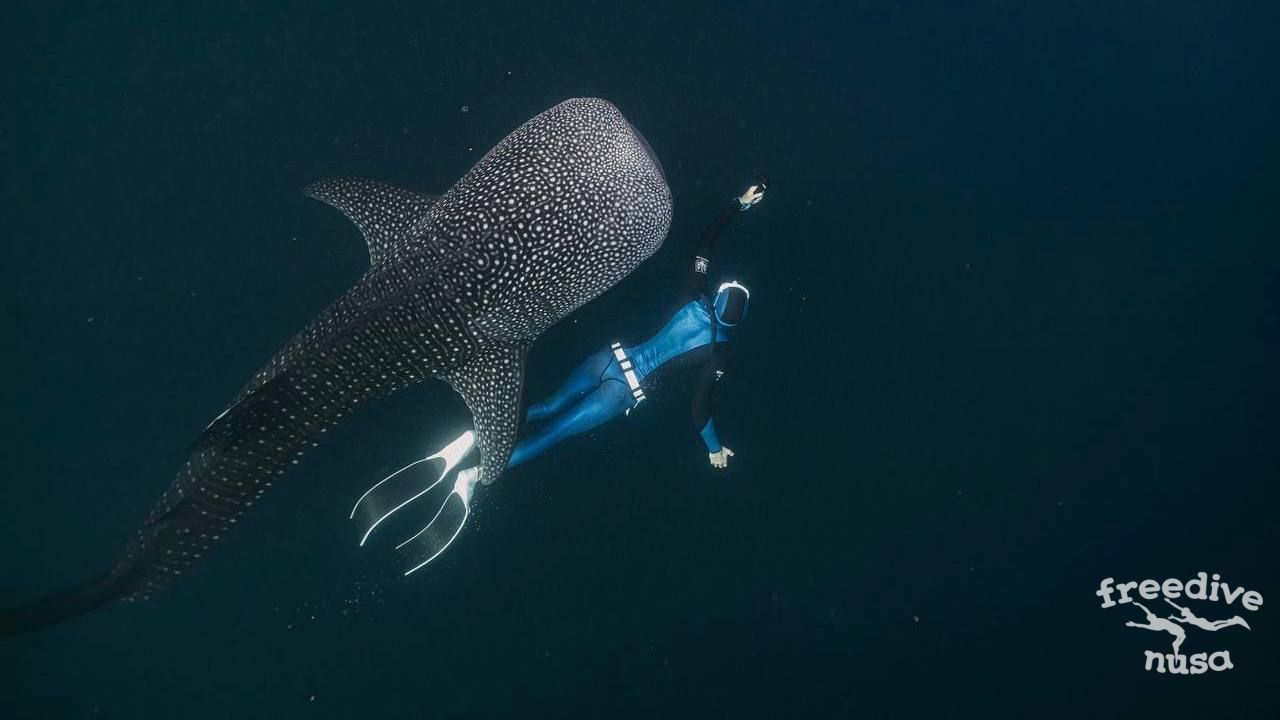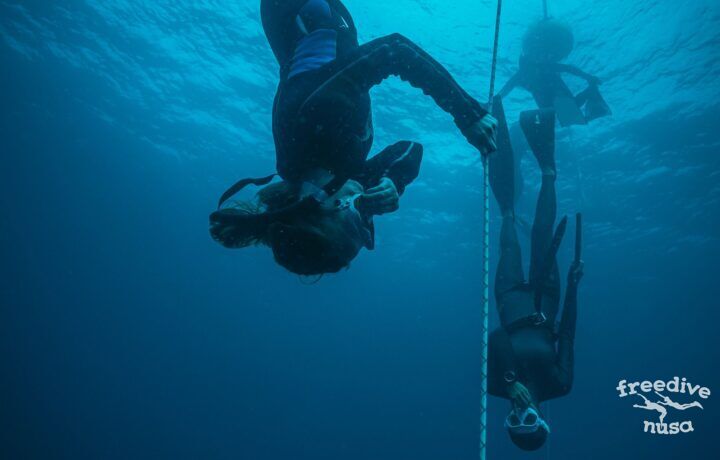Encountering a whale shark is a unique and unforgettable experience. However, despite their size, these gentle giants are vulnerable and sensitive to human interaction. By following a few simple yet essential rules, you can ensure a safe and enjoyable encounter for both you and the whale shark.
These guidelines are backed by years of research and hands-on experience, designed to protect whale sharks and preserve their natural habitat. Follow them to make your encounter both memorable and respectful for all involved.

1. Respect the Distance
When encountering a whale shark, the most important rule is to maintain a safe distance. Closer isn’t always better, especially with such large animals. The minimum distance you should keep is 3 meters. If the whale shark is swinging its tail, increase the distance further to avoid any unexpected contact. It’s also important not to approach the shark if it is feeding in a vertical position. Stay at least 5 meters away and let the shark feed undisturbed.

2. Enter the Water Calmly and Smoothly
Every movement in the water should be as smooth and quiet as possible. When entering the water, avoid any sudden splashes or noisy entries. Wait for the guide’s signal before entering. Sudden movements can startle the shark and end the encounter before it truly begins. The quieter and calmer you are, the more successful your experience will be.

3. Control Your Boat’s Speed and Stay Aware of Your Surroundings
Not only is your behavior in the water important, but also the speed of the boat. Boats should move slowly, no faster than 10 knots, especially when in areas known to be frequented by whale sharks. It’s also essential to designate a person to monitor the surroundings to avoid collisions. This will help ensure the safety of both you and the sharks.
4. Minimize Noise
Whale sharks are highly sensitive to sound. The noise from boat engines and sudden movements in the water can disturb them. To reduce any stress on the animals, it’s best to turn off the engine or keep it at idle speed. When entering the water, be mindful of avoiding loud noises or splashing, as this can alarm the shark.

5. Never Touch or Chase the Shark
Never attempt to touch or chase a whale shark. Physical contact can cause stress for the shark and end the encounter prematurely. It’s dangerous for both you and the animal. If the shark decides to swim away, allow it to do so — don’t follow it. Let the shark control the pace of the encounter.

6. Support Scientific Research
Each whale shark has a unique spot pattern, which allows researchers to track their movements. By photographing the sharks, you can contribute to important scientific research. These photos can be submitted to local research groups or uploaded to global whale shark databases. However, always remember to turn off your flash when taking pictures, as it can startle them.

Your encounter with a whale shark is not only an opportunity to witness one of the ocean’s greatest creatures but also a chance to contribute to their protection. By following these simple and clear rules, you’ll not only ensure a safe and enjoyable experience for yourself but also play a role in conserving these magnificent animals for future generations. Remember, every action you take matters — the more mindful you are, the better it is for the sharks and their environment. Enjoy your encounter and act responsibly!




